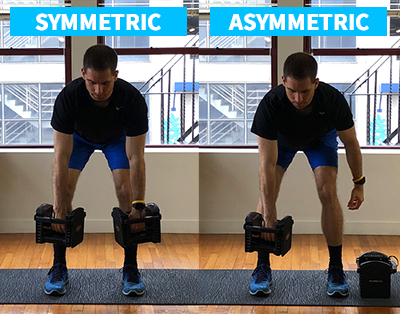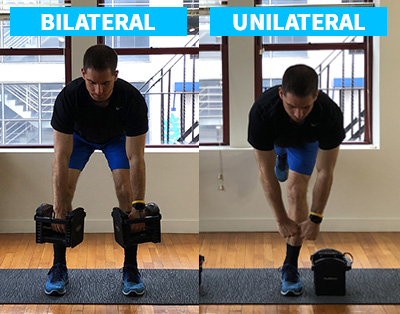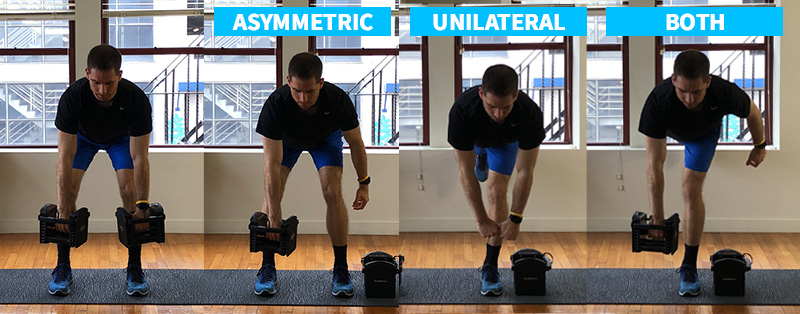In my second year of college baseball, I suffered what ended up being a career ending injury. During an outdoor fall practice, I was making lengthy throws from the outfield to home plate. They were long throws that put a lot of stress on my arm. On top of that, it was about 40 degrees outside, and my body wasn’t fully loose. Then all of the sudden when making one of the throws, I felt a ligament in my elbow tear. One MRI later and it was confirmed I had torn the ulnar collateral ligament in my throwing elbow. It wasn’t painful and I knew it was mostly fixable through surgery and a year of rehabilitation, but it was surely disappointing and there was a long road ahead. I ended up getting the surgery shortly after where they took a ligament from my leg to replace the torn ligament in my elbow. Pretty weird, but also pretty cool. 😎 And then the long road to recovery began.
I started working with a physical therapist and strength coach to rehab my atrophied arm. I’d met with one of them weekly for massages, progress updates, workouts, and new exercise prescriptions. But what I started noticing not only in my rehab exercises, but in all other rehab patients around me, was that the exercises being prescribed and performed were noticeably different than the typical exercises people do outside of rehab. Noone was performing squats, deadlifts, barbell chest presses, machine shoulder presses, barbell bicep curls or lat pull-downs. Everyone was performing alternating one-leg or one-arm exercises with lighter weights, but increased demand on muscle stabilizers. And what I found out after some research and communication with my therapist and coach was that these exercise types were great for not only injury rehabilitation but injury prevention. And that made me wonder why I, and everyone else, wasn’t doing more of this work pre-injury. Here’s what I found…
Asymmetrical Loading
The main type of exercises being performed were asymmetrically loaded. This means that there was an unequal amount of resistance or weight felt on one side of the body compared to the other. For example, instead of performing a deadlift with equal weight in each hand, weight/resistance would only be applied to one side of the body as shown in the picture below. And this kind of weight training made a lot of sense for rehabilitation. During rehab, you’ve usually injured one side of your body. Therefore, you may need to train the injured body part differently than the healthy body part. In the case of my atrophied arm, I obviously couldn’t lift as much weight with my surgically repaired arm compared to my healthy one. Therefore, it made sense to train my arms asymmetrically. But there are a lot more benefits to performing this asymmetric training than meets the eye which I’ll discuss soon.

Unilateral Exercises
The second type of exercises being performed were unilateral exercises. These exercises have a lot in common with asymmetric loading exercises but focus on working one side of the body at a time. For example, instead of performing a two-legged deadlift (a bilateral exercise), the exercise can be performed by using one leg at a time (a unilateral exercise). By training one side of the body at a time, more muscles are recruited to stabilize the body to perform the exercise. In the deadlift example, you’re not only lifting the weight off the floor, but you’re doing it while balancing and resisting rotation. Two things that weren’t required with the bilateral, two-legged exercise. This type of exercise also made a lot of sense for rehabilitation. By training the stabilizing and supporting muscles, you reduce the amount of stress and demand on the injured tissue. This reduces the risk of reinjury. But again, there are even more benefits with unilateral exercises that can be gained outside of rehabilitation.

What Are the Benefits? And Who’s Doing It?
Here’s a brief list of the many benefits I discovered that can be gained by performing asymmetric loading and unilateral exercises:
Despite these many benefits, asymmetric loading and unilateral exercises compromise a minority of the exercises most of us perform in our exercise programs. This is because of the old-school thought of strength training. When we perform symmetric, bilateral exercises, we can lift more weight. Since we’ve removed the stability aspect of the exercise, we can focus entirely on the strength aspect. This is why it’s easier to lift heavier weights during a barbell bench press compared to a dumbbell bench press. And this is true. If you’re only going for strength, I can see why most of your exercises should be symmetric and bilateral. But for most of us living everyday lives, or recreational athletes, or weekend warriors, strength isn’t as important as dynamic movement, injury prevention, and functional strength. And it’s why I’ve incorporated so many asymmetric, unilateral exercises into the exercises programs I’ve created and follow.

Examples to Get Started
As with the deadlift example pictured above, you can make almost any exercise asymmetrically loaded or unilateral. For example, instead of performing a regular squat, you could perform a lunge that takes the movement from bilateral to unilateral. You could then hold a dumbbell in one hand making it asymmetrically loaded. Another example could be an overhead military press. Instead of lifting a barbell directly overhead, you could lift dumbbells overhead in an alternating fashion. Or instead of a regular bench press, you could perform a one-arm dumbbell press. With some creativity and thought, you can make any exercise more challenging for your balance, stability, and functional strength.
Final Thoughts
A journey through rehabilitation taught me a lot about fitness and muscle development. It’s not only important to train our prime movers, the big muscles we see in the mirror, but also our synergists and stabilizers. Through asymmetric loading and unilateral exercises, training these muscles will help increase our balance, stability, muscle symmetry, injury prevention, and functional strength. And that’s why I rely heavily on these exercises for my workout programs. To put my body in the best position for health and happiness.
(For more on this topic, check out why Your Workouts Need to be Multi-Planar)
Are you looking for a complete workout program that has asymmetrical loading and unilateral exercises built-in?
Watch a YouTube Video Summarizing the Post

Hey, I am Brandon Zerbe
Welcome to myHealthSciences! My goal has always been to increase quality-of-life with healthy habits that are sustainable, efficient, and effective. I do this by covering topics like Fitness, Nutrition, Sleep, Cognition, Finance and Minimalism. You can read more about me here.
Sources:
